
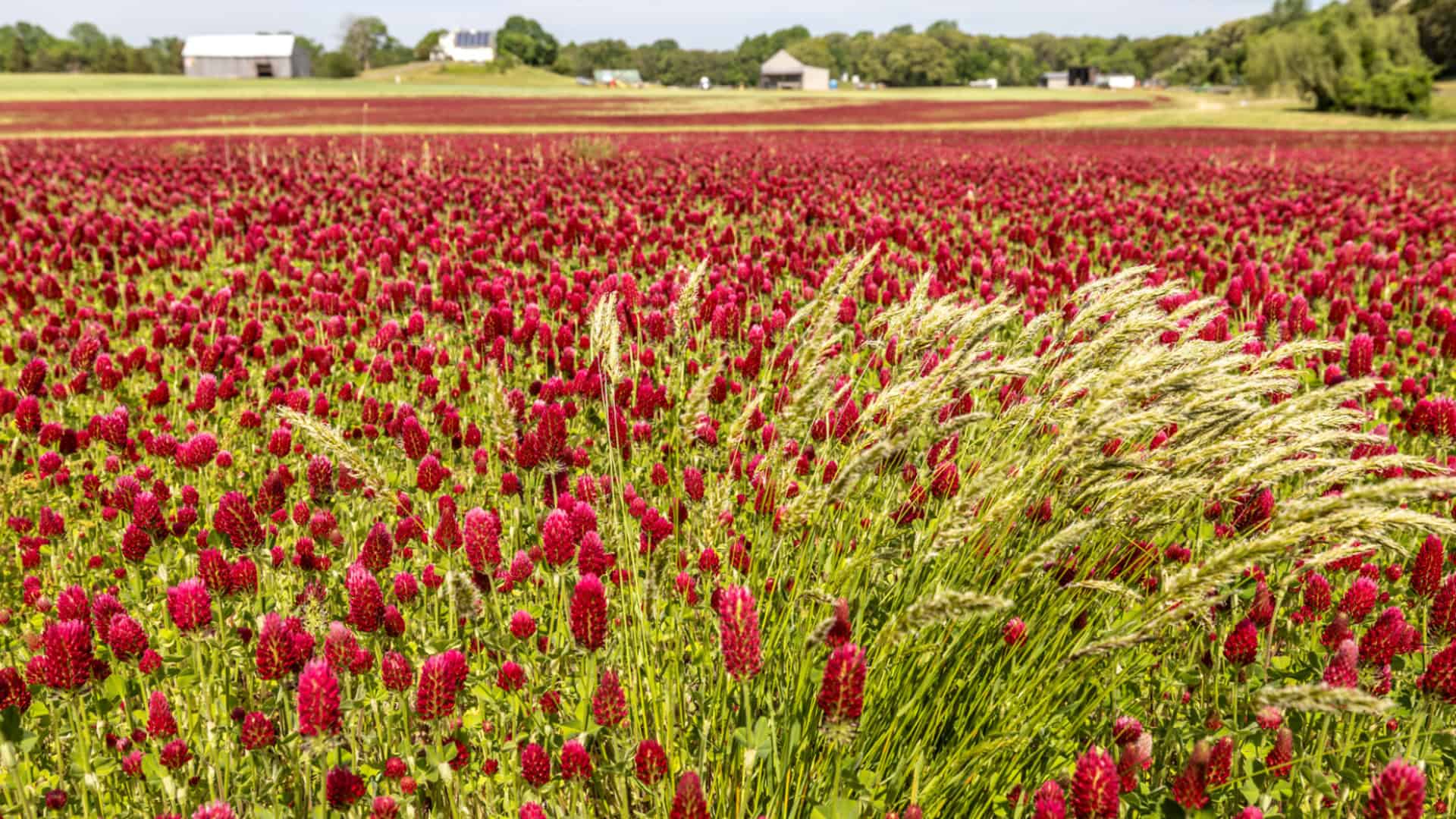
Protect and Replenish Your Garden Soil with a Cover Crop
What do you do with your garden beds after you’ve harvested the season’s fruits, vegetables, and flowers?
Subscribe to the Blog >By: Valerie Rose, Skagit County WSU Extension Master Gardener
Don’t leave the soil exposed to winter rain and wind – protect your precious garden soil with a cover crop. Garden crops draw nutrients from the soil, and cover crops replenish these nutrients. Think of it as home-grown fertilizer.
Cover crops are sometimes known as green manures. Farmers spread composted animal manure on fields, a traditional fertilizer source, replenishing soil nutrients following the harvest. Cover crops are a green, plant-based fertilizer that feeds the soil without animal products, hence the term ‘green manure.’
Cover crops do many important jobs at once, working quietly in the soil when it’s too cold for even the heartiest gardeners to lift a trowel. They include many species of plants: grains, grasses, and legumes (beans and peas). These versatile plants can suppress weeds, retard erosion, add organic matter, and store nutrients for future plants. Organic matter builds better soil structure and fertility, increasing water retention, drainage, and aeration.
Cover crops grow food for the soil instead of ingredients for a salad. When planted in autumn, cover crops are dug into the garden bed in the spring. Once tilled back into the soil, cover crops break down, adding nutrients and organic matter, nourishing next year’s garden. They also provide necessary food for earthworms and microorganisms. Cover crop plants are genuinely masters of multi-tasking.
Many Varieties to Choose From
You have many choices of cover crop plants with differing benefits. Adding and replenishing nitrogen, an essential plant nutrient, clover is a real gift. Clovers are nitrogen-fixers; they take atmospheric nitrogen from the air through the plant leaves and convert it into a form that plants can use. These generous plants store this vital nutrient in small nodules on the roots with the help of soil bacteria called rhizobia. When the plants decay in the ground (or are tilled into the soil), the nitrogen is available to feed other plants. Gardeners should plant crimson clover from September through mid-October and till it under in the spring. Crimson clover is this gardener’s favorite cover crop; I till under most of the plants, leaving a dozen or two to flower. The glorious red blooms are a welcome food source for pollinators in the spring and make a long-lasting cut flower.
Austrian field peas are another great option. This cold-hardy overwintering pea is an excellent choice for cooler, poorly drained soils, which describes many garden beds we know. You can sow this nitrogen-fixing pea as late as the end of November. Dig the plants into the ground in late April or early May in the spring.
Clovers and peas benefit from ‘inoculation’ – coating the seeds with nitrogen-fixing bacteria before planting. Doing this increases the amount of nitrogen each plant can retain. Most seed dealers sell small packets of inoculum, which are actually bacterial spores of rhizobia.
The inoculum and seeds are an easy, inexpensive way to nourish your hungry soil.
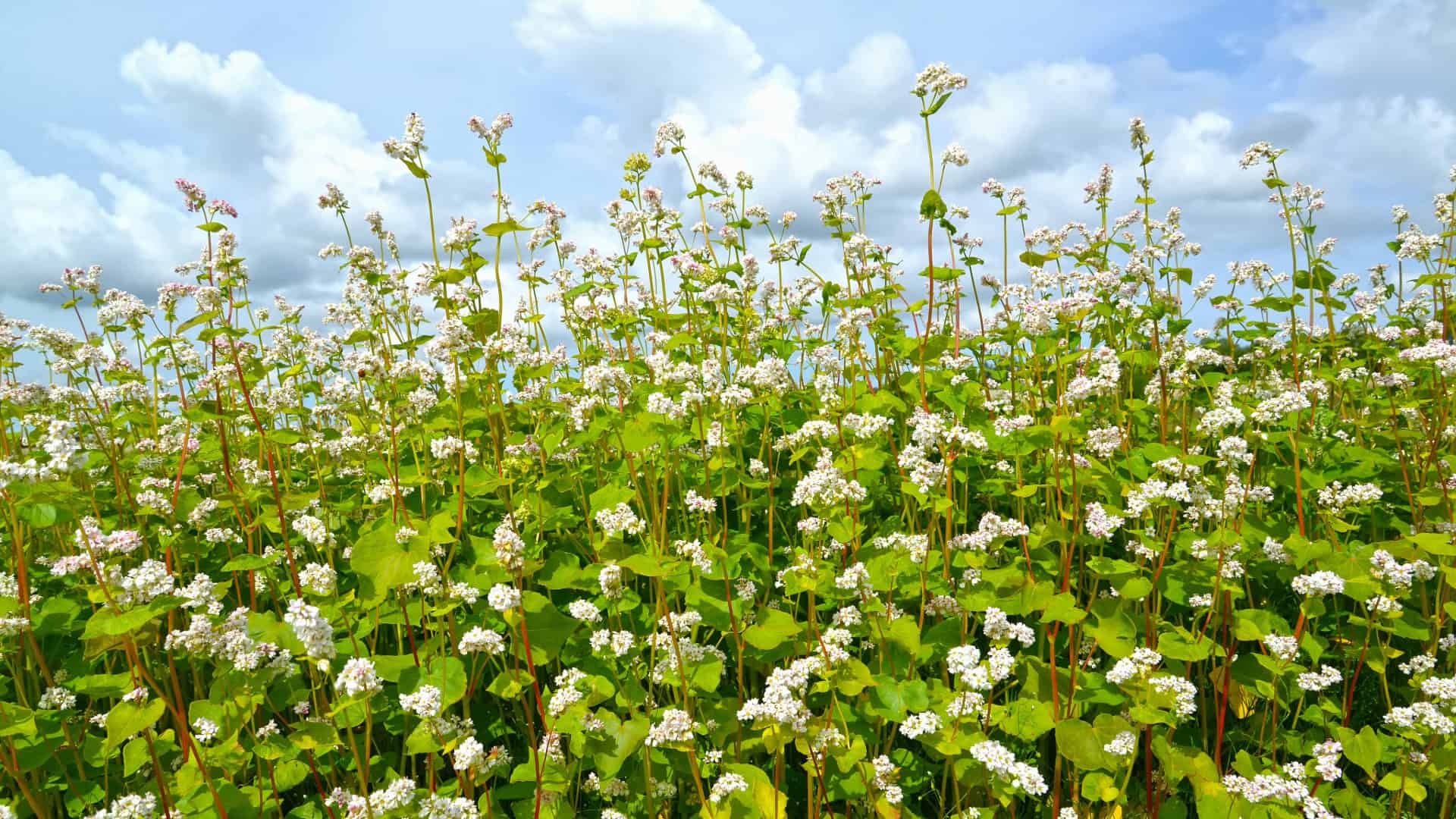
Buckwheat roots loosen the topsoil while accessing phosphorus within the soil, which is then stored in the plant’s tissues returning phosphorus to the soil for the next crop. Photo: © Adobe Stock
Some Choices of “Green Manure” Cover Crops
|
Crop |
Planting Time |
Spacing |
Seeds/100 sq. ft. |
Comments |
|
Crimson Clover |
Sept. – mid Oct. |
Broadcast |
1-4 oz. |
Legume* – Does poorly in poorly drained, acidic, infertile soil. Good for undersowing. Avoid other, perennial clovers, such as red clover. |
|
Vetch |
Late Aug. – mid Oct. |
Broadcast |
5-10 oz. |
Legume* – Soak seeds overnight before sowing. |
|
Field Peas |
Late Aug. – Oct. |
Broadcast |
10-12 oz. |
Legume* – Does reasonably well in poorly drained or infertile soil. Very hardy. Matures later than crimson clover. |
|
Fava Beans |
Late Oct. – early Nov. |
6″-8″ |
12-14 oz. |
Legume* – Soak seeds overnight before sowing for quicker germination. Large plants, lots of organic matter, nitrogen for soil. Not very hardy. |
|
Cereal Rye |
Late Sept. – Oct. |
Broadcast or 5″ spacing |
5-10 oz. |
Produces lots of biomass. Harder than legumes to chop up. Breaks down more slowly. Roots improve soil structure. Chop before stalks turn brown. |
|
Winter Wheat |
Late Sept. – early Oct. |
Broadcast or 5″ spacing |
5-10 oz. |
(see Rye comments) |
|
Buckwheat |
June-Aug. |
Broadcast |
3 oz. |
Good summer green manure. Doesn’t need lots of water. Attracts beneficial insects. Not winter-hardy. |
|
Tyfon |
May – Sept. |
Broadcast or transplant 4″ |
1⁄2-1 oz. |
Cabbage family. Do not follow with same family crop. Edible greens and roots. |
|
Corn Salad |
Sept. |
Broadcast |
1 oz. |
Good salad greens in winter. Allow to grow in early spring before chopping. |
Retrieved from: https://s3.wp.wsu.edu/uploads/sites/2053/2015/09/list-of-crops-with-garden-coverage.pdf
Don’t Let Them Go To Seed
Cover crops should be tilled or dug into the soil before going to seed. Tilling or digging in is especially important when planting buckwheat, which is sown in summer. Clare Sullivan, a field crops expert for the Oregon State University Extension Service, notes, “The fast growth and dense canopy smothers annual weeds, protects the soil from erosion, and helps conserve soil moisture. The abundance of blossoms attracts pollinators and beneficial insects, and in a pinch, buckwheat can be added to a bouquet.”
Buckwheat roots loosen the topsoil while accessing phosphorus within the soil, which is then stored in the plant’s tissues. “When buckwheat residues are returned to the soil, the phosphorus becomes available for the next crop,” Sullivan said.
Cover Crops on Farms
Gardeners and farmers alike benefit from planting specific crops. Many farmers renew the health of their soil with cover crops. They may plant entire fields or in rows between orchard fruit trees. The Skagit Conservation District’s Cover Crop Grant Program helps eligible farmers purchase seed.
Farmers may plant cereal grasses like oats, barley, or rye. Rye is one of the most commonly grown cover crops on Northwest farms. This crop is vigorous, very cold-hardy, and can germinate and establish in cool weather. Rye grows rapidly in the spring, so it can become difficult to turn under by the time gardeners are ready to work their gardens. Mowing or weed whacking may be necessary before incorporating a heavy cover crop of cereal rye.
Livestock can enjoy grazing on cover crops such as triticale or winter rye. Even a variety of radish is used as a cover crop! Unlike radishes grown in vegetable gardens, the Forage radish loosens soil rather than enhancing a salad. Also known as “tillage radish,” their large roots “till” deep into the ground, naturally aerating the soil. Forage radishes also provide excellent food for wildlife.
Adding a cover crop to your garden is a small task with large benefits. “It seems really unlikely that you’re planting a seed in October that’s going to somehow magically do something good for you,” says David Kidwell-Slak, the National Plant Materials Center Manager for the National Resource Conservation Center. “[But] they provide a lot of benefits without much effort. It makes a pretty amazing addition to the garden.”
REFERENCES AND RESOURCES:
Cogger, C., Benedict, C. and Andrews, N. (2014) Cover Crops for Home Gardens West of the Cascades. Washington State University Extension Publication FS111E. https://pubs.extension.wsu.edu/cover-crops-for-home-gardens-west-of-the-cascades-home-garden-series
McNiff, N. (2022) Cover Crops Benefit Both Commercial Farmers and Urban Gardeners. Farm Production and Conservation Business Center, USDA. https://www.farmers.gov/blog/cover-crops-benefit-both-commercial-farmers-and-urban-gardeners
Allison, J. (3/19/21) Conservation District Program Helps Skagit Farmers Plant Winter Cover Crops. Skagit Valley Herald, GoSkagit. Retrieved from: https://www.goskagit.com/news/local_news/conservation-district-program-helps-skagit-farmers-plant-winter-cover-crops/article_5021e864-1dc7-5490-abf2-f69cca34828d.html

Valerie Rose
ABOUT THE AUTHOR:
Valerie Jean Rose became a Master Gardener in 2009. A former journalist, she enjoys playing with words and plants-particularly her own vegetables.
 There is still time
There is still time
to apply to become
a Master Gardener in 2025
Questions about becoming a Master Gardener may be directed to: Skagit County WSU Extension Office, 11768 Westar Lane, Suite A, Burlington, WA 98233; by phone: 360-428-4270; or via the website: https://extension.wsu.edu/skagit/mg/
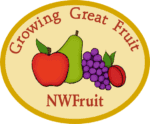 Sample Apples and Pears at NW Fruit
Sample Apples and Pears at NW Fruit
On Saturday, October 12 NW Fruit will hold its Sample the Apple and Pear Harvest Day. It is open to members, but anyone can attend by paying a $25 annual membership fee that day. Dr. Cameron Peace of WSU’s School of Horticulture (Pulman) will speak about heritage apple varieties and using DNA to identify varieties. There will be a tour of the many pioneer varieties in the garden and a chance to taste dozens of delicious cultivars thriving in the garden. Bags or boxes of ladder-picked fruit will be available for members to take home in addition to other fruit. Go to the website https://nwfruit.org/apple-pear/ to read more about this event.

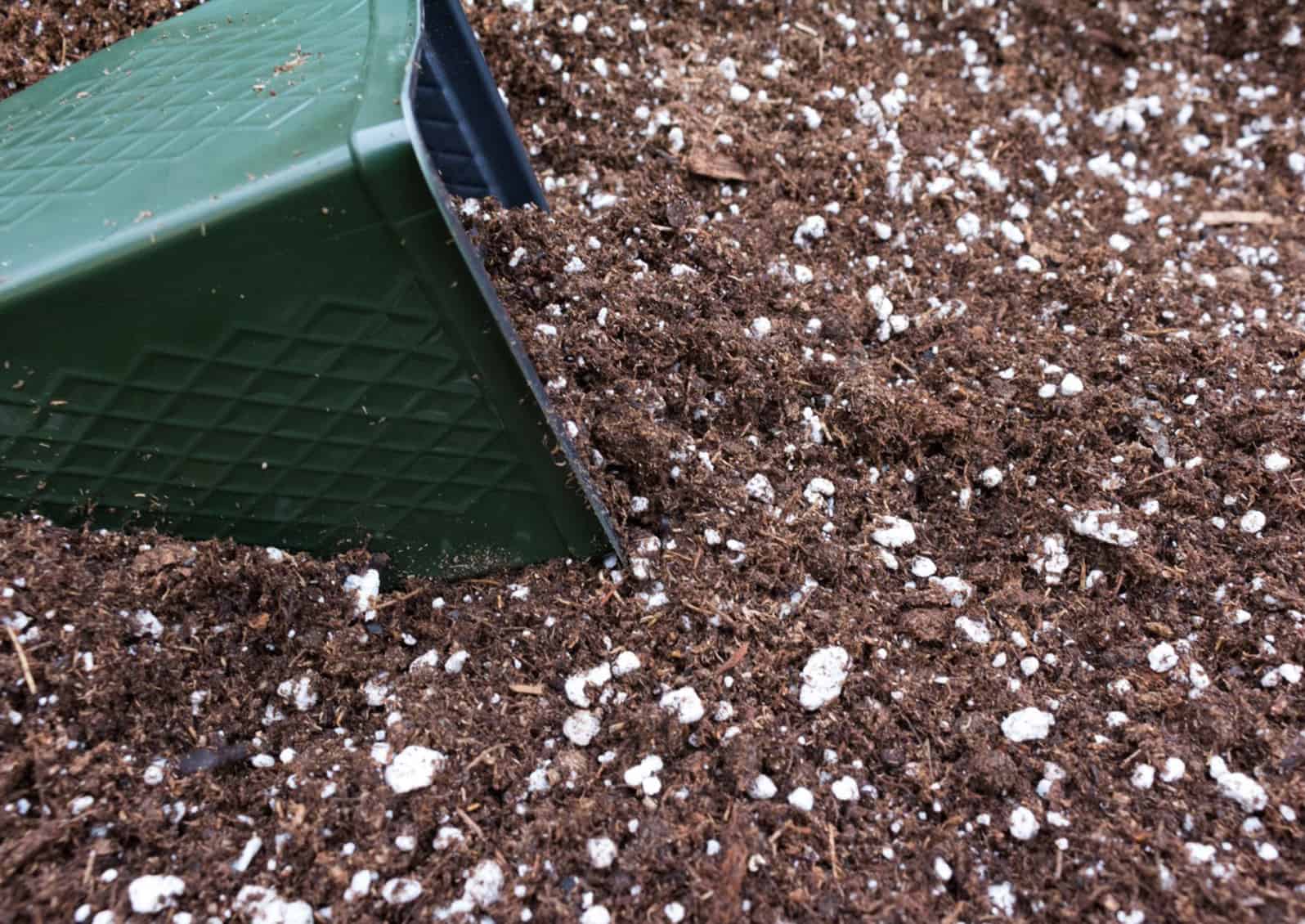
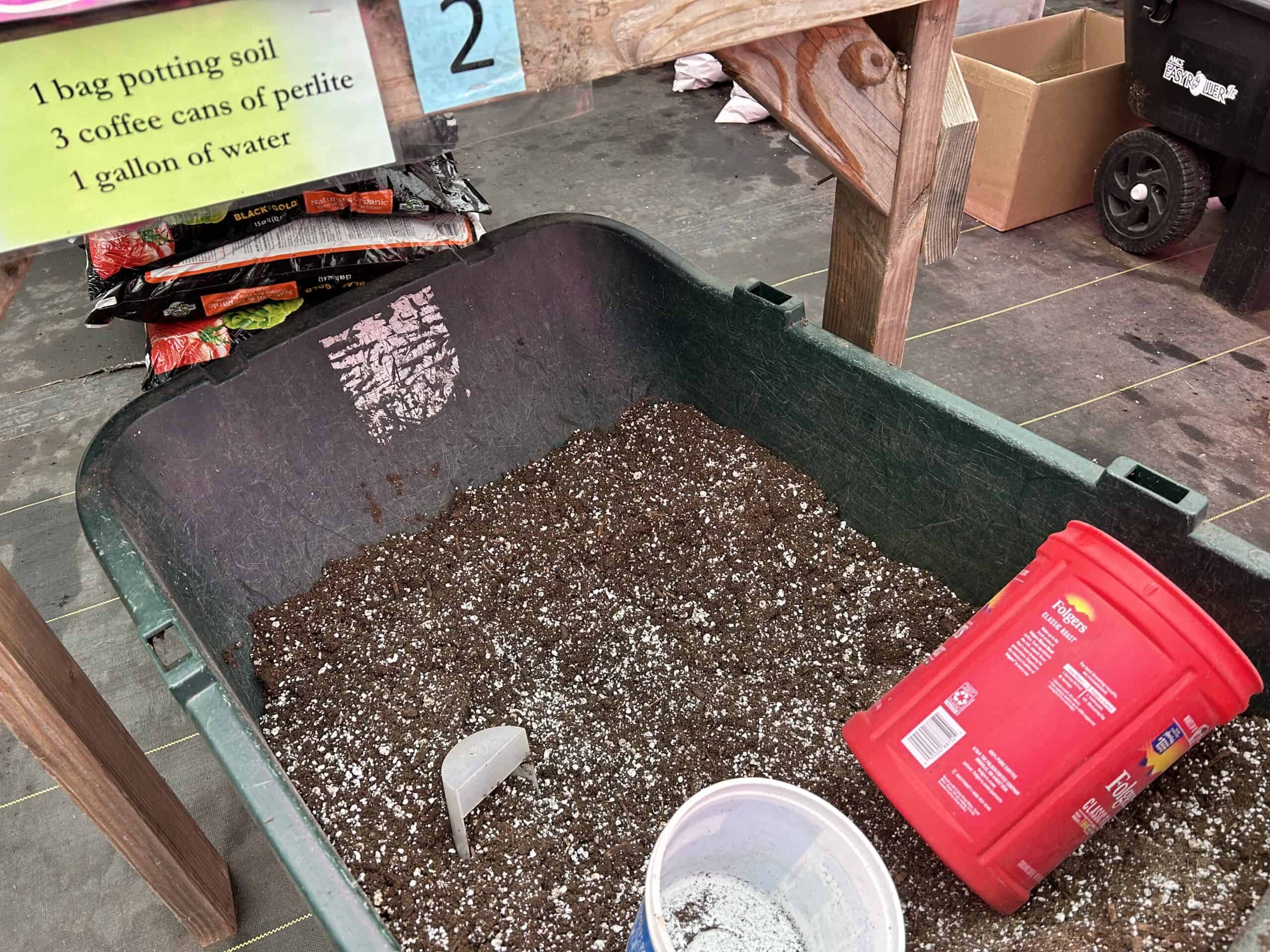






 While all three of these gardens are open to the public daily, the Annual Open House is focused on educating and inspiring visitors interested in many specific areas of interest, including pollination, water-wise gardening, native plants and raising fruits and vegetables in the Skagit area.
While all three of these gardens are open to the public daily, the Annual Open House is focused on educating and inspiring visitors interested in many specific areas of interest, including pollination, water-wise gardening, native plants and raising fruits and vegetables in the Skagit area.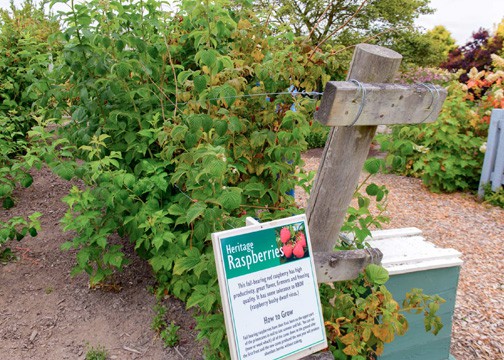

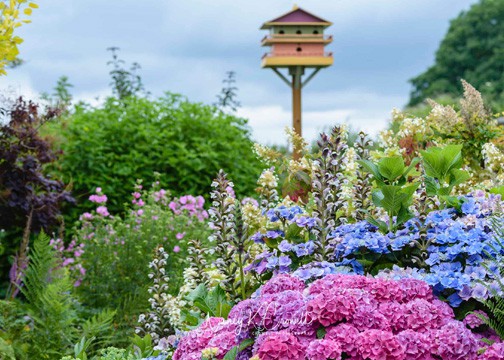
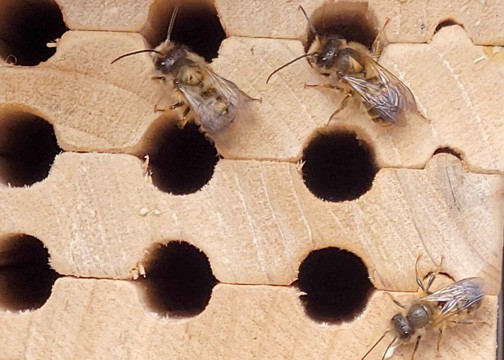
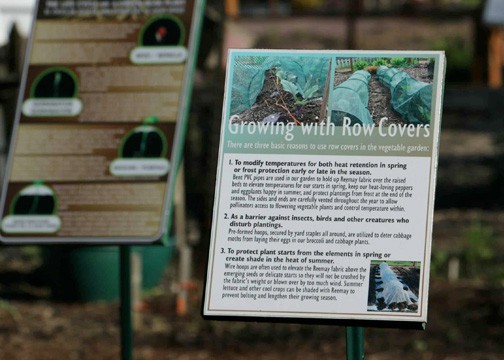
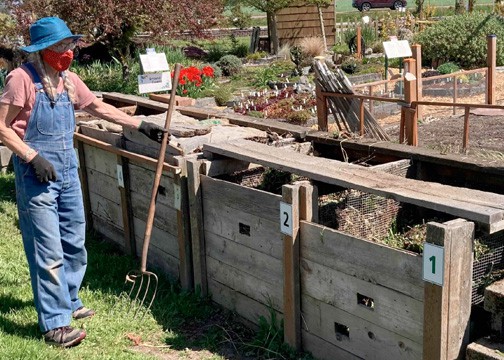

 Janine Wentworth became a master gardener in 2018. She and Kay Torrance are co-chairs of the Discovery Garden Open House.
Janine Wentworth became a master gardener in 2018. She and Kay Torrance are co-chairs of the Discovery Garden Open House.